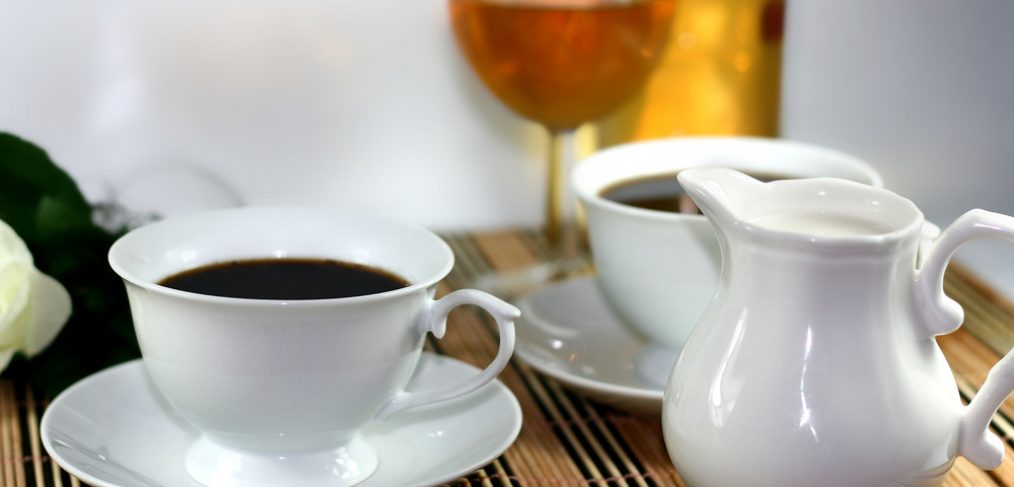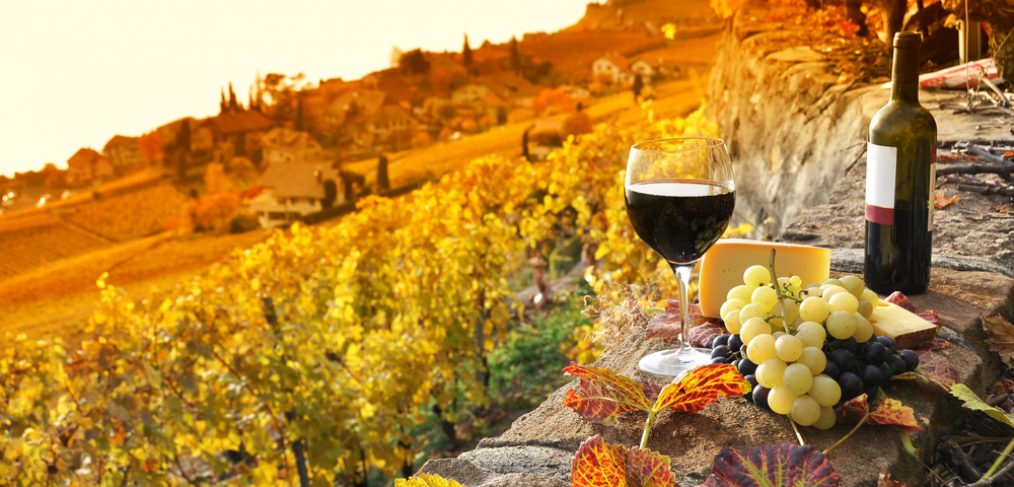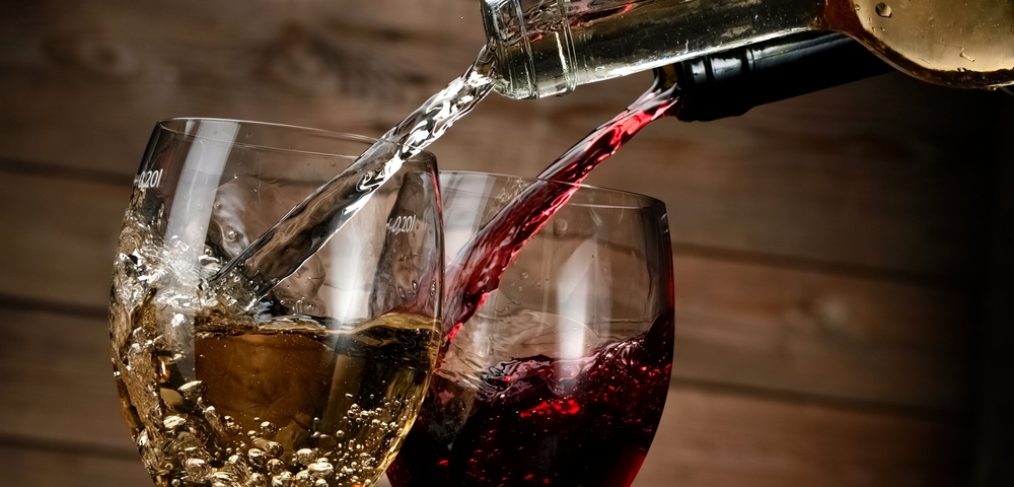When it comes to picking out wine it can be overwhelming to decide exactly what wine varietal will be most enjoyable to your specific tastes. When it comes to your morning cup of coffee, it’s probably incredibly easy for you to determine exactly what suits you. In fact, your coffee routine is most likely second nature; you like what you like and you stick to it. Interestingly, the way you enjoy your coffee can actually help you figure out what wine varietals may be most suited to your palate preferences. There are three main components that guide your palate through a drink, both coffee and wine. Here, we share what these guides are and what wine you might like based upon how you take your coffee.
Your Palate
Your sense of taste is directly related to your sense of smell. Aroma, a term used both for coffee and wine, is an important aspect of your palate profile. You’ve undoubtedly heard the term body in reference to wine, such as a full-bodied red, but you might not be exactly positive what that means. The body of your drink, coffee or wine, is simply how your drink feels inside your mouth. You may change what type of body you prefer based on your mood, the weather and whether you are drinking wine to celebrate a big promotion or unwind after a hectic day. Lastly, acidity is an important element of your palate profile. Acidity may seem a bit difficult to determine, but it’s actually quite simple. If you were to pick up a piece of sour candy right now, would you like or not? If you would, you prefer drinks that are highly acidic, zesty and lively. If you would rather not pucker up with sour candy, you enjoy a light acidity.

Your Coffee of Choice
Black – If you enjoy a straightforward cup of black coffee, chances are you will enjoy a wine with an equally straightforward, strong flavor. Wines that feature spicey notes and a higher level of acidity are great choices to look to. Argentinian Malbec, Cabernet Franc or a Beaujolais nouveau are all wines that fit the flavor profile for a black coffee drinker.
Coffee with Sugar – If you have a bit of a sweet tooth, you probably drink your coffee with a bit of sugar. Looking for sweeter wines is a good bet if you take sugar in your coffee. Some wines to start with are Moscato, Riesling or Zinfandel.
Coffee with Milk – If you take your coffee with milk, you enjoy soft, smooth flavors. When you’re looking for a wine that suits you, look for an aged wine with low acidity. Chardonnay or Cabernet Sauvignon are two choices that have low acidity but still feature a smooth texture and flavor.
Espresso – Espresso features a thick, bitter flavor that suggests you would find wines with hearty flavors and high tannins pleasurable. Consider Chianti or Medoc wines if you enjoy a strong, bitter flavor.
Tea – Tea drinkers we have you covered too. Not everyone enjoys coffee so if tea is more your speed, look for wines that are dry and savory. A Sauvignon Blanc or Sangiovese are crisp, fresh and bright flavors that tea drinkers will appreciate.
Of course, when it comes to wine the most important rule is to drink what you like. However, if you find you’re having a hard time getting started finding wine varietals that you do like, this may be a fun way to experiment. Use this guide and see if how you take your coffee really does have an impact on the wines you prefer.






